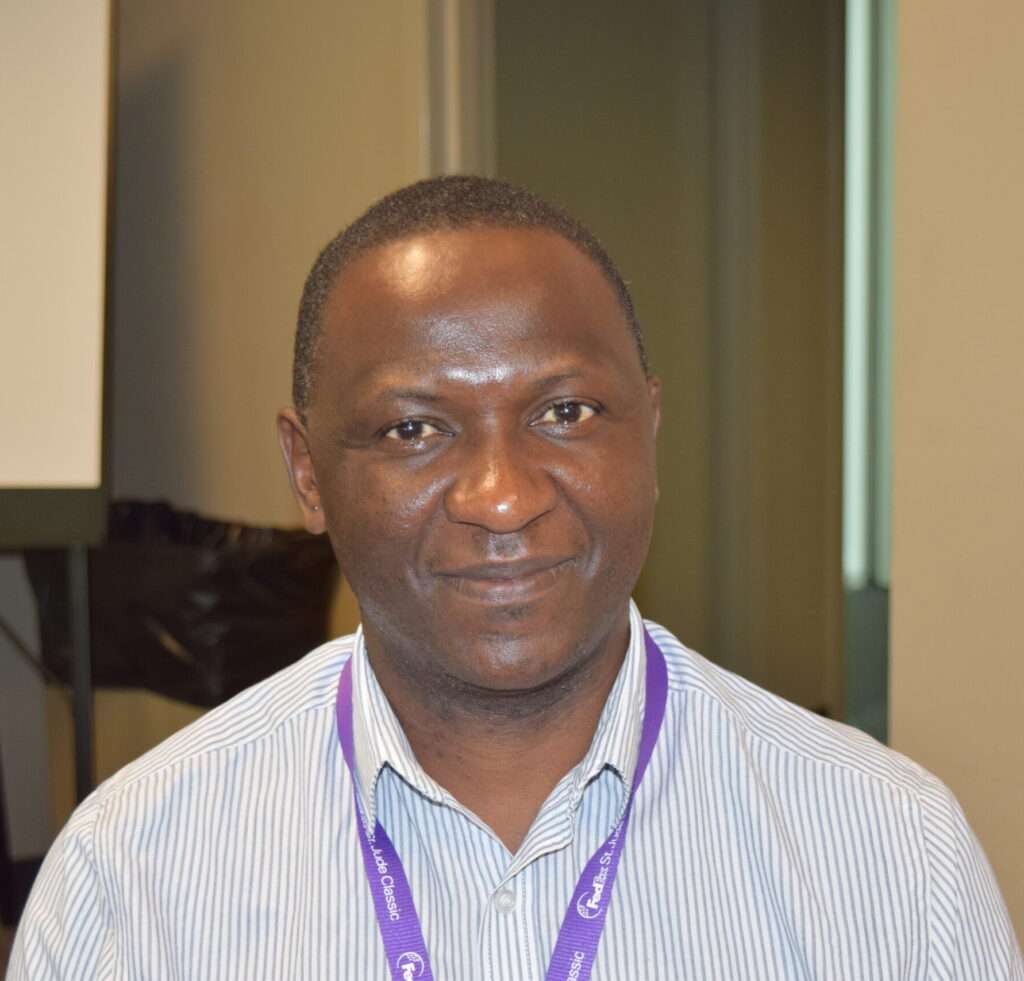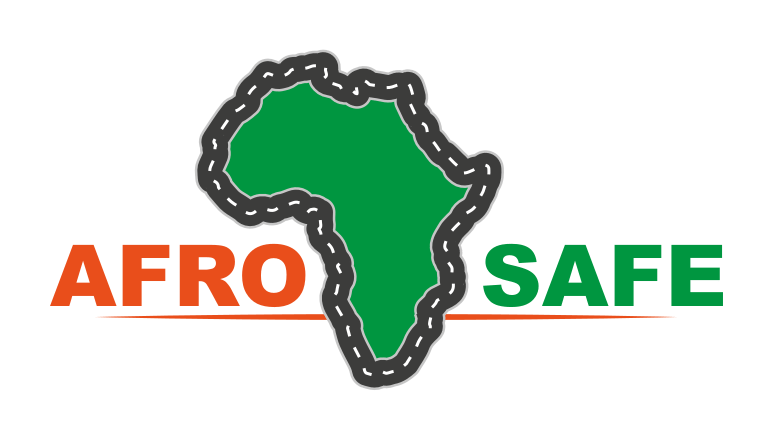AfroSAFE focuses on the road safety in the African countries. Today we speak with Daniel Mwamba, a long-time advocate of traffic safety in Zambia who is also involved in the project.
How did you get involved in road safety issues?
I spent most of my adult life living in the UK. I moved there for school and later got a job. When I visited my home country of Zambia, I noticed that there were not enough safety measures on the roads, and as a result, many people were dying. This was very different from the UK where there are strict safety standards. This experience made me and my colleagues start the Zambia Road Safety Trust (ZRST), which is now the most important organisation in Zambia that works to make roads safer and promote better transportation.
What is the situation with traffic safety in Zambia today?
Zambia, just like many other countries in Africa, has difficulties in keeping the roads safe because the roads are not well-built, the laws about driving are not being enforced, and the vehicles are not maintained properly. Many people get hurt or die because of car accidents in the country. The World Health Organisation says that in 2018, there were 3,699 deaths in Zambia because of car accidents. This means that for every 100,000 people in Zambia, 21 of them died because of car accidents.

The Zambia Road Safety Trust
The Safe System approach is at the core of AfroSAFE. Is this a new concept for you, or something that you have engaged with before?
I already know about the Safe System approach because I studied it at school and went to some conferences where it was discussed. But I am sad to say that the government has not made it an official plan yet. Even so, at the Zambia Road Safety Trust, we are working hard to make people understand how important it is to use the Safe System approach.
This approach comes from countries like the Netherlands, Norway and Sweden, which is a different social, geographical and cultural context. How do the Safe System’s principles connect to the problems of road safety in Zambia?
I think that if we use the Safe System approach, it could really help make the roads in Zambia safer. It would bring together different parts of the government to work on this issue in a more complete way. Instead of just blaming one group for not doing their job, this approach understands that there are many things that need to be improved, like the roads, how people are treated after an accident, and making sure people know how to be safe on the roads. Everyone has a part to play in making the roads safer, and if we work together, we can make more progress.
What would be key for successfully transferring these principles into the Zambian context?
I think that it is really important to share what we have learned from our project so that we can make sure the Safe System approach is used in Zambia. Luckily, we are going to have a big meeting in Livingstone, which is a popular place for tourists in Zambia. I think a lot of people from the government and private businesses will come to this meeting. This is a great chance for everyone to learn about what we found during the project and how we can use this information to make the roads safer in Zambia.
What are your hopes and expectations for AfroSAFE?
I think the Zambian government will be happy to use the findings of the AfroSAFE Safe System project to make the roads safer in Zambia. Since we started this project in September 2022, the government has been really helpful. They gave us important information that helped us do our research. Because the government has been so supportive, I think they will want to use the Safe System approach to make the roads safer. I am hopeful that this will happen.



